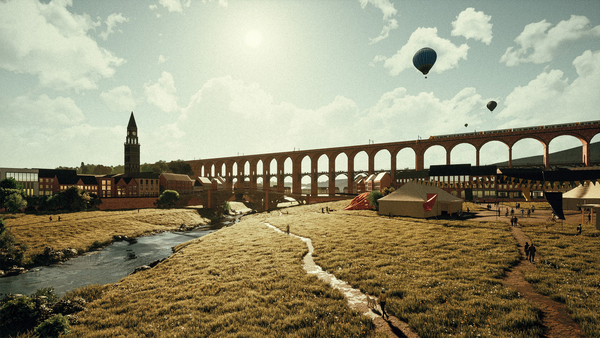This thesis project derived from the research carried out on Settlement Chronologies which investigates into the origins, evolution, development and imagined futures of small settlements.
It’s clear that that the current trends within the planning process and theoretical models in which new settlement design is based upon have been designed as a whole, with every building being decided by the planning board. This thesis project focuses on the use of a framework on the establishment and morphology of small northern English settlements, to facilitate the design of a contemporary 21st century model.
The application of research involved the collation of a series of statements that highlights the reoccurring patterns found in the evolution of existing small northern settlements. This research was used to later inform the expression of a 21st century model - Novarode. Myself and Lucy Woodward did not design a small settlement, but instead portrayed a vision of its organic growth over the course of 50 years. The evolution of Novarode was portrayed by understanding its natural response to its surrounding context whilst considering the current and future architectural and social trends that would depict the language pattern and those who live within it.
“It is shown there, that towns and buildings will not be able to become alive, unless they are made by all the people in society, and unless these people share a common pattern language, within which to make these buildings, and unless this common pattern is alive itself.” (Alexander, 1977)


